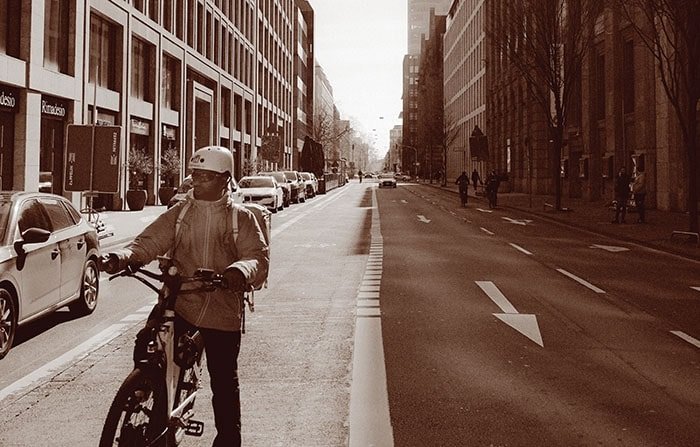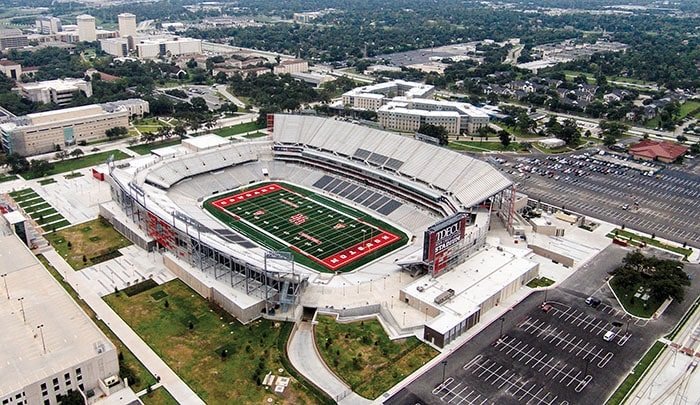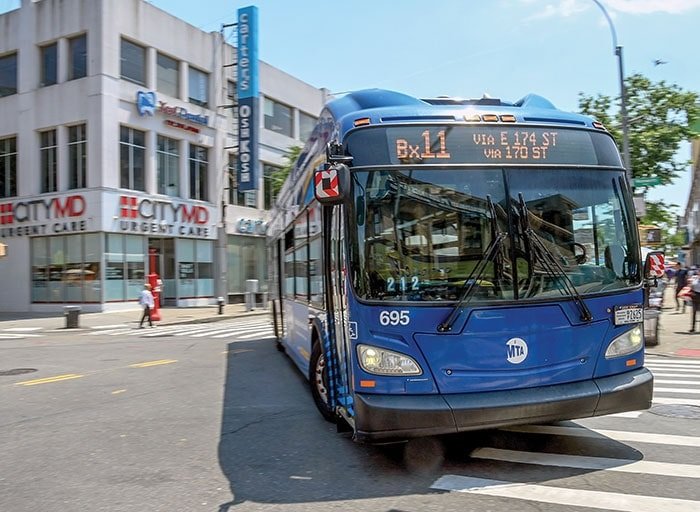Editor’s note: This is the third in a series of Parking Today articles by Adrienne Tucker. To read the first article, see “Nothing Is Impossible: Building a Parking Division from the Ground Up,” pages 18 and 21, in the June 2024 issue. Tucker’s second article, “Nothing Is Impossible: Navigating the Procurement Maze,” appeared on pages 17-18 of the August issue. Look for the next installment in our January issue.
By Adrienne Tucker
Early on in my new role as the first-ever parking services manager for the City of Manhattan, Kansas, I developed a parking management plan, selected a company to equip our new garage and handle our enforcement, permitting, and data programs, and began the process of procuring enforcement vehicles. With these key steps completed or underway, I began to make the introductory rounds at the local business associations.
I had been warned before I even started that I would face some opposition in the community to the city’s plans to charge for parking in the garage. Therefore, I needed to get ahead of the false narrative in the community that garage parking would be free.
A Stormy Start
Throughout the history of the parking garage, from its conception to completion, no city official ever stated that the parking garage was going to be free. So, where did that narrative originate? As it turns out, it came from the first business association I would meet with.
My first meeting felt like an uphill battle. A vendor screamed at me for “going back on my word” and coming in during the “final hour” and charging for parking. In these circumstances, I know not to take it personally. I calmly reiterated what the city had been saying from the beginning, that a modest charge would be needed to cover operating and maintenance expenses.
I wanted to offer businesses options for discounted parking and enable them to purchase parking on behalf of their customers, if desired. I immediately sought to show them that I wanted to make the process as easy and seamless for their customers as possible. I also offered monthly parking for their employees, including a discounted rate for part-time employees, most of whom were university students.
Thankfully, the city didn’t have to make a bond payment on the garage, the construction of which was paid for by a transient guest tax imposed on Manhattan’s Aggieville Business Improvement District. As a result, I had a little extra freedom to work with when it came to developing parking options.
Although I left that first meeting undeterred, I felt as though nothing I said or did was going to appease the critics. For them, it was free parking or nothing. However, I refused to give up. I consistently showed up to every meeting and luncheon of the association I could. I prioritized them in my weekly schedule.
More broadly, I talked about parking to anyone and everyone who would listen. I appeared on the local news, in the newspaper, on social media, and on local radio stations. I showed up to every City Commission meeting that mentioned parking. Everyone was going to know who I was, everyone was going to have my contact information, and everyone was going to have the opportunity to talk to me one on one. I also made sure I frequented the businesses in the district to show my support, whether it was lunch, a cup of coffee, or just to stop in and say hi. The critics may have complained about having to pay for parking, but I certainly was not going to give anyone a reason to complain about me or our new department.
Addressing Concerns
I noticed a difference in attitude when I spoke with business owners personally versus when they showed up to City Commission meetings to speak to the commissioners. When they spoke to me directly, they appeared to understand the reasoning behind charging for parking and agree that the taxpayer should not subsidize parking structures. However, their vitriol for paid parking returned with a vengeance when they spoke to the commission. Once again, I had to get ahead of the narrative.
As it turned out, the business owners’ biggest objection wasn’t that their customers had to pay for parking. Instead, they were upset because their employees would have to pay for parking.
In response, I conducted a brief survey of the number of full-time versus part-time employees affected by the change and did a cost analysis. Based on my findings, I reduced the cost of permits for part-time employees. In turn, permit applications from businesses increased and the critics stopped vocalizing their disapproval at commission meetings.
Making Progress
Six months after I started, due to my tenacity and my persistence, I had gone from being the verbal punching bag for the district to being a partner. Association members began contacting me directly to discuss a concern or ask questions, rather than doing so in a public setting like commission meetings. Previously seen by its critics as a money grab by the city, the new parking garage began to be touted as an asset to the district, one that provided the community with affordable and stress-free parking.
As operators, we sometimes forget that our customers have more influence in our parking operations than we give them credit for or realize. We can install the latest and greatest in technology and set the rates how we think they should be. However, if our customers do not want to use the technology, they won’t. Moreover, if customers consider the technology too cumbersome to use, they won’t park in your garage.
Even now we are seeing a shift from technology that tries to direct how people park to technology that caters to user preferences. We have gone from a society of people who use apps, prefer touchless technology, and want quick and easy service to having a “not another app” mentality and a desire to bring back customer service. There has been a shift.
Essential Engagement
Building relationships with the community was the best thing I could have done and continues to be the most important aspect of my job. Our work in parking involves more than simply managing spaces or enforcing regulations; it’s about understanding the unique needs of the community, fostering trust, and creating positive interactions with residents, businesses, and visitors.
By actively engaging with stakeholders, listening to their concerns, and collaborating on solutions, parking professionals can create a more welcoming, efficient environment. Along with enhancing service delivery, this approach strengthens a sense of community, making parking management a true partner in the community’s growth and well-being.
Looking ahead, the focus on building community relationships in parking management opens exciting possibilities for the future. By deepening these connections, we have an opportunity to create more innovative, inclusive solutions that address emerging challenges, such as sustainable transportation and equitable access.
As we move forward, the hope is to cultivate partnerships that drive progress, whether through adopting new technologies, enhancing customer experiences, or promoting environmentally friendly practices. As these relationships grow stronger, the transformation of parking management into a proactive force for positive change within the community becomes increasingly achievable.
Adrienne Tucker, CAPP, is the director of parking and transportation for Kansas State University in Manhattan, Kansas. From February 2022 to August 2024, Tucker served as the parking services manager for the City of Manhattan, Kansas. She can be reached at adriennetucker@ksu.edu.












